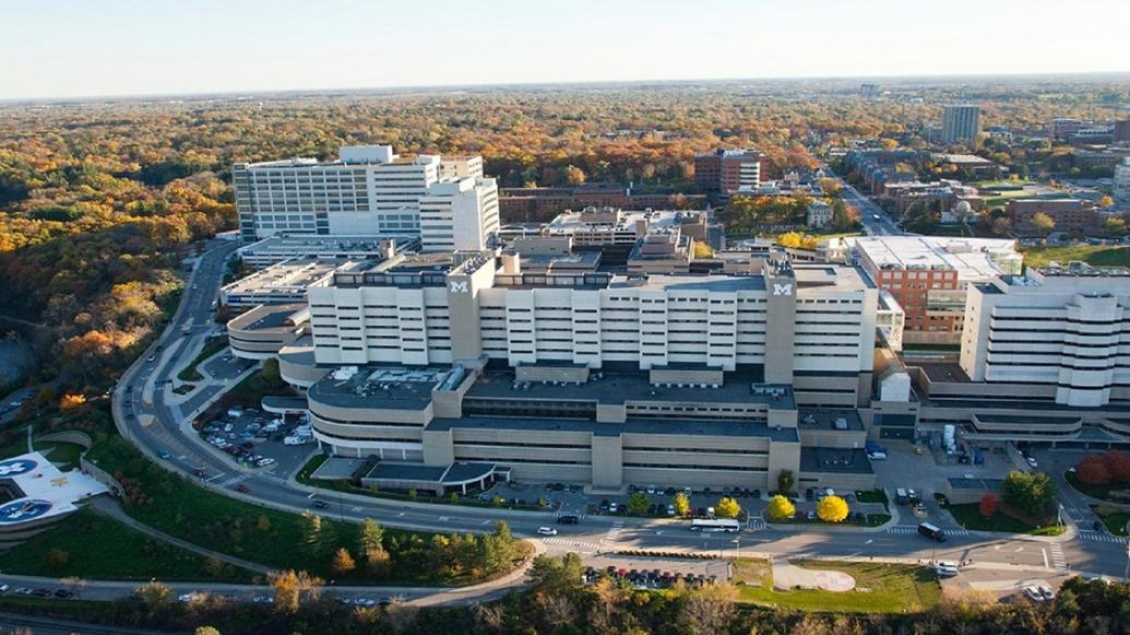
Investigators in the U-M Medical School Internal Medicine Division of Pulmonary & Critical Care Medicine have built a comprehensive bench-to-bedside chronic obstructive pulmonary disease (COPD) program for identifying basic mechanisms of airway inflammation and disease.
Division researchers have investigated mechanisms of chemokine-dependent leukocyte recruitment in response to infectious and non-infectious airways challenge, including pathogen recognition receptors involved. Collaborative teams of investigators within and outside the division at U-M Medical School are studying allergic models of airway inflammation, including cockroach and ova-induced asthma. The synergistic effects of tobacco smoke exposure and viral infection is being studied in both animal models and patient populations. Translational studies using lung tissues collected from patients with COPD as a component of SPIROMICS and the LTRC have used immunohistochemistry, laser-capture micro-dissection, PCR and multi-color flow cytometry.
Multidisciplinary research in COPD (Chronic Obstructive Pulmonary Disease) has been a mainstay of translational patient-oriented research in our division. NIH-funded clinical studies include the Lung Tissue Research Consortium (LTRC), the Lung Genomic Research Consortium (LGRC), SPIROMICS and COPDGene. These studies address various aspects of this disease; however, the overall goal is to better understand the heterogeneity implicit to this disease and develop better treatments, involving investigators from multiple departments and disciplines and spanning multiple aspects of the disease.
Specific research initiatives are assessing the effects of anxiety on dysfunctional health beliefs, exercise performance and quality of life in COPD. Landmark immunophenotyping studies which have identified unique immunological phenotypes in COPD patients, characterized by enhanced CD8 T cell accumulation and macrophage-T cell interactions leading to CD8 activation. New programs have evolved, including microbiome analysis in COPD patients and the impact of antibiotic or anti-inflammatory therapy on the microbiome. Division members have also been actively engaged in defining disease subtypes (also known as “phenotypes”) to correlate with biological heterogeneity (LTRC and LGRC) and genetic analyses performed as a part of the COPDgene trial. In particular, we have also been striving to understand how imaging in COPD can help us better define patient phenotypes such that “personalized” therapies can be developed.